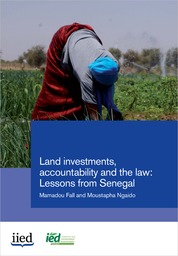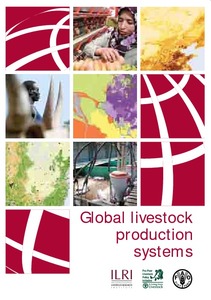Research evaluation of economic, social, and ecological implications of the programme for commercial tree plantations
This report aims to evaluate the economic, social and ecological impacts of large-scale land concessions to plant rubber and make recommendations for the future management of land in Lao PDR. Study focused on Champassak and Salavane provinces from July 2007 to July 2008. It was the product of a collaboration between the Centre for Research and Information on Land and Natural Resources of the National Land Management Authority, Office of Prime Minister, Laos, the Foundation for Ecological Recovery, and the Faculty of Social Sciences, Chiang Mai University.










